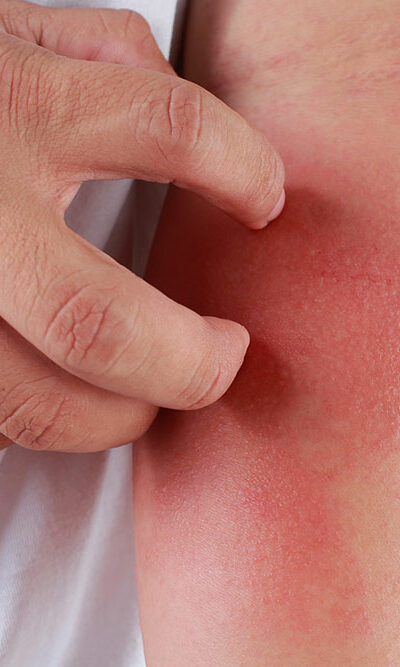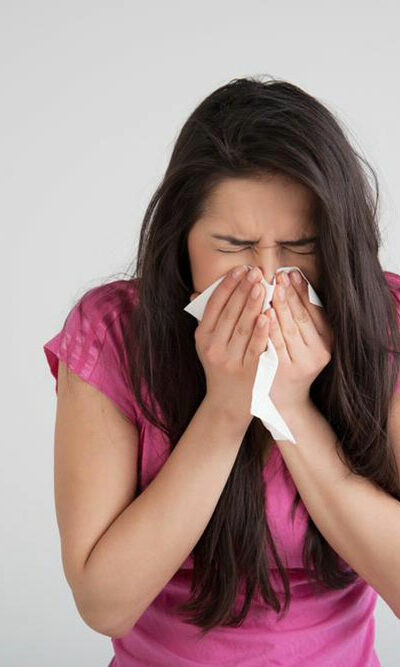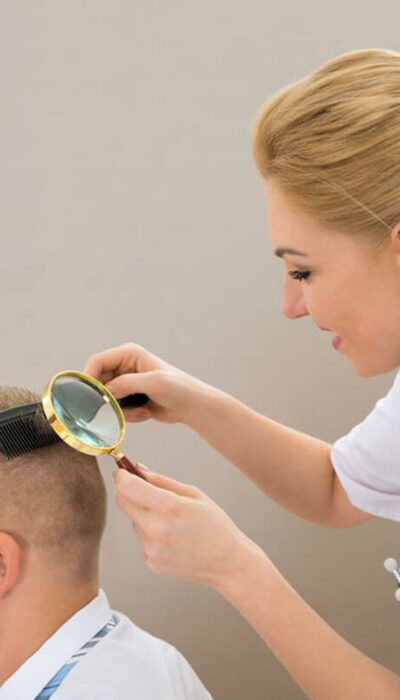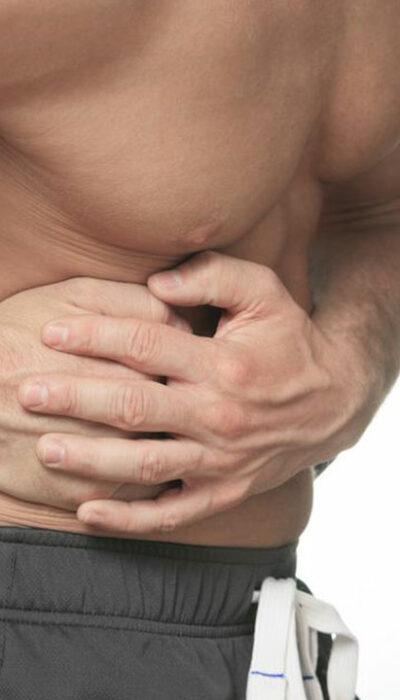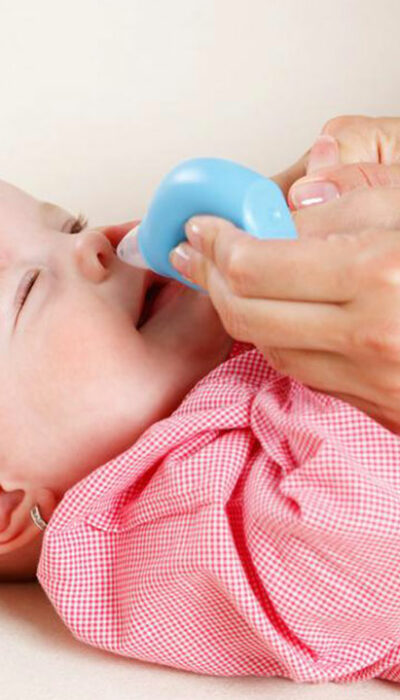
Effective Remedies for Peyronie’s Disease
Peyronie’s disease is caused by repeated injury to the penile region either during sex or other activities. In this condition, a fibrous scar tissue is present inside the penis that causes it to bend in a particular way such that it makes the erection very painful. However, it should not be confused with other types of erections, such as a curved erection. Not all types of curved erection lead to the development of Peyronie’s disease. Men who face this disease may face trouble having intercourse. However, there are different types of treatment options and remedies available for treating Peyronie’s disease. Some of the popular remedies have been listed as follows. Remedies for Peyronie’s disease With certain treatment options and proper and timely consultation, one can manage Peyronie’s disease effectively. The following pointers are some of the most commonly recommended remedies for this condition. Use of medicines A doctor may recommend certain kinds of medicines for managing the symptoms of Peyronie’s disease. The medication will aid in breaking down of any build-up of collagen in the penis. This will help in straightening the penis to an extent. Iontophoresis Iontophoresis is yet another of the recommended Peyronie’s disease remedy option. This is a process by which an electric current, which is weak in nature, helps in delivering the medicines through the skin. This also helps in controlling the curving of the penile muscles, thus helping in straightening it even though for a short duration. Changes in lifestyle Doctors often recommend certain changes in one’s lifestyle of the patient as a remedy for Peyronie’s disease. The disease in various cases has been observed to be the result of an erratic lifestyle. Therefore, maintaining a healthy lifestyle with occasional cheat-days is often advised by medical professionals. This is a small step which can go a long way if followed sincerely.
